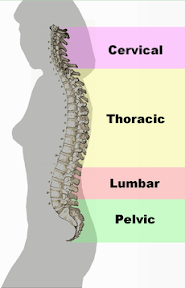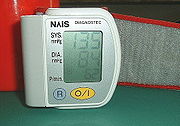
From
Risky Business - Tweeting the Symptoms of Social Media (PDF):
"To date there are at least 540 hospitals in the United States utilizing social media tools: Hospitals account for 247 YouTube channels, 316 Facebook pages, 419 Twitter accounts, and 67 blogs.
The number of individual and independent medbloggers is in the thousands.
In December of 2009, a hospital employee was forced to resign because of a single tweet.
On October 29, 2008, a patient provided what is believed to be the first live tweet from the operating room. “Bad bad stick. Ow ow ow ow ow.”
In response to online physician rating websites, like Yelp, RateMD, and others, a company now offers physicians an antidefamation service, including contract provisions restricting a patient’s right to make negative comments on rating websites.
There are a number of other scenarios that could lead to liability. For example, what happens if an “off-duty” physician responds to a health question by a neighbor while doing yard work? Suppose the same exchange occurs through online “messages” between a physician and one of the physician’s “friends” on Facebook, creating an electronic record of the exchange that could potentially support the existence of a physician-patient relationship, thereby creating certain liability arising therefrom (e.g., HIPAA, medical malpractice, patient abandonment, etc.).
The authors of a National Law Journal article warn that bosses who “friend” are begging to be sued."
References:
AHLA Connections: Legal Implications of Health Care Social Media.
"If a patient bashes a physician on rating websites there is little that doctor can do", says
Medscape, 2012.
Image source: public domain.
 Low-back pain is a common and costly problem. This study estimated the effectiveness of a group cognitive behavioural intervention in addition to best practice advice in people with low-back pain in primary care.
Low-back pain is a common and costly problem. This study estimated the effectiveness of a group cognitive behavioural intervention in addition to best practice advice in people with low-back pain in primary care.









